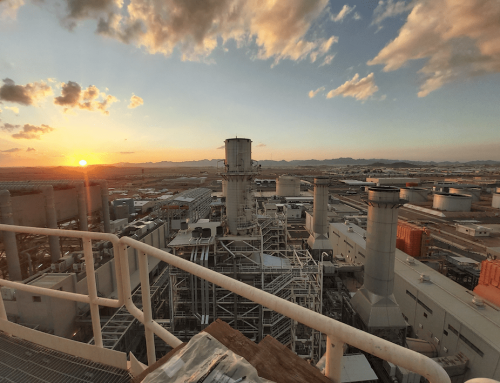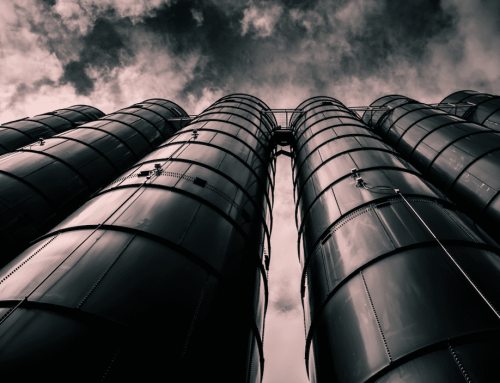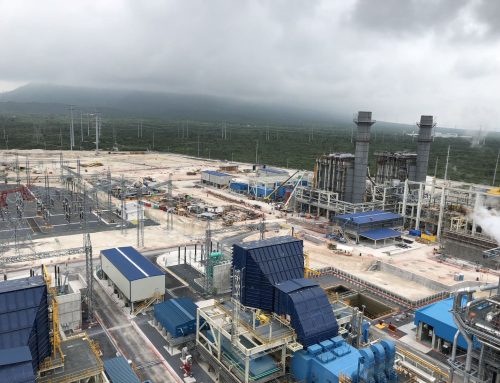The power generation industry is constantly evolving; dominant technologies peak in use, then inevitably yield the way to more prosperous ones. That is why power plant managers must always ask themselves: is my power plant competitive?
There are multiple factors that affect the competitiveness of power plants. This article presents some of them.
Reliability
In recent years power plant reliability has been identified as top industry concern; it is the main driver for technological upgrades.
Over the years, and with the advent of more, smaller, renewable plants, former base load dedicated plants have had to adapt. A typical fossil fuel plant must now operate in AGC (Automatic Generation Control), cycling as required by the grid to balance power variations of less predictable renewable sources and ensuring grid stability. A consequence is more thermal wear and stress on mechanical equipment.
Investing in technology with high resolution, precision data collection and superior diagnostics capabilities will increase plant reliability, availability and reduce operating and maintenance cost.
Efficiency
Understanding the efficiency of your power plant is crucial to measuring competitiveness. Measurement of efficiency at specific operating condition is essential. Many tools are available to power plant operators to monitor performance. You can conduct sporadic testing or install software that will monitor performance continuously. Testing the plant at various loads will allow the determination of the plant efficiency vs load levels. Upgraded advanced controls are available to optimize performance at all operating conditions.
Other critical reasons to maintain optimized efficiency is to conduct testing diagnostics when a performance shortfall is experienced and “before and after” when a plant upgrade is implemented. At Thermogen Power Services we have expertise that can provide orientation regarding this subject.
Flexibility
The increasing implementation of renewable energy is an important factor in determining the competitiveness of power plants. Despite power prices, it is flexibility that is more valuable today and in 5 to 10 years it is going to be a key factor in making power plants more competitive.
Power plants that can ramp up and down quickly, and respond faster to grid demand have a clear advantage over power plants that are unable to do so; for instance, solar power plants are more competitive than coal power plants because they respond faster to the market but are subject to variations of ambient conditions. This is why combined cycle and GT technologies hold some advantages in today’s market.
Type of technology and government regulations
Government policies and geographic situation will also affect competitiveness. For example, in the state of California in the U.S., renewables are very competitive, in part due to California’s energy policies that encourage production of renewable energy. Natural gas power plants are competitive in the U.S. compared to Europe, where coal and wind energy are more competitive given the high prices of gas.
In some countries, the grid regulators are transitioning from an open market bidding system to a cost+ dispatch model. This approach requires the thorough examination and reporting, through performance testing, of the plant’s capacity, heat rate and start-up and shut down costs. The revenue and bottom line of the plant depend on the accurate reporting and optimization of these parameters.




